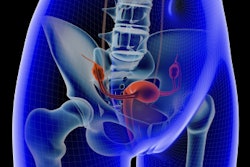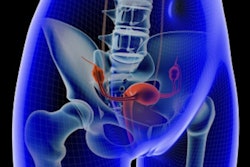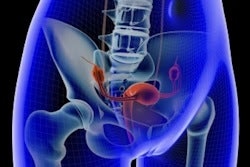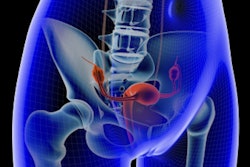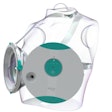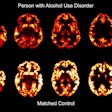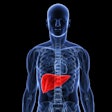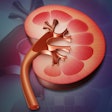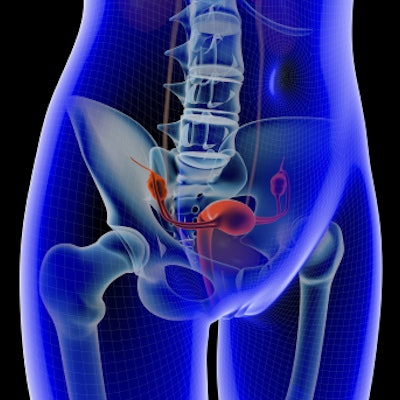
Uterine artery embolization (UAE) is underused despite being a better option than hysterectomy for women experiencing postpartum bleeding, according to research published December 13 in the Journal of Vascular and Interventional Radiology.
Researchers at Emory University in Atlanta assessed 9.8 million live-birth deliveries and compared outcomes for patients after they underwent either UAE or hysterectomy to treat severe postpartum hemorrhage (PPH). They found mortality rates were similar between the procedures but that UAE resulted in shorter hospital stays and was used far less than hysterectomy.
"Unfortunately, the utilization of uterine artery embolization (UAE) has decreased over the study period, despite the American College of Gynecology recommendation for UAE to be first line for severe PPH refractory to medical therapy," wrote first author Linzi Arndt.
Postpartum hemorrhage is a leading cause of the loss of life related to childbirth. Approximately 700 women across the U.S. die each year as a result of pregnancy or pregnancy-related complications, according to a 2018 study by the U.S. Centers for Medicare and Medicaid Services.
Uterine artery embolization can be an effective method to treat postpartum bleeding by inserting a catheter under imaging guidance to release tiny particles to block the uterine artery. But women are often not informed of the procedure, an alternative to the more traditional hysterectomy.
In a study first presented at a news conference ahead of the Society of Interventional Radiology (SIR) 2021 annual meeting, researchers conducted a National Inpatient Sample study that included all women with live-birth deliveries between 2005 and 2017. They defined severe PPH as requiring transfusion, hysterectomy, or UAE.
Postpartum hemorrhage occurred in 31 per 1,000 patients out of 9.8 million live births. The most common intervention for PPH was transfusion (116.4 per 1,000 cases of PPH).
The researchers found no difference in mortality between hysterectomy and UAE. However, after balancing demographic, maternal, and delivery risk factors, the odds of prolonged hospital stay were 0.38 times lower with UAE than hysterectomy (p < 0.001).
Hysterectomy was used more frequently than UAE (20.4 vs. 12.9 per 1,000). Delivery risk factors associated with greater utilization of hysterectomy over UAE included postdates pregnancy, premature rupture of membranes, cervical laceration, forceps vaginal delivery, and shock (all p < 0.001).
"Despite similar mortality and shorter hospital stays, UAE is used far less than hysterectomy in the management of severe PPH," the authors wrote.
In addition, in findings that complement prior investigations, the researchers found hysterectomy was twice as common as embolization in Hispanic patients, and more common in rural and nonteaching urban hospitals, in the South, and among Medicaid and self-paying patients.
"These racial and ethnic variables are most likely markers of societal and provider bias in driving biased assessment or treatment, rather than reflective of inherent patient-level differences driving the need for interventions," they stated.
Ultimately, limited access to interventional radiology services, particularly in underserved populations, could partially explain the results, the authors wrote. In the U.S., interventionalists are locally based in only 347 of all 3,142 counties.
"Hospitals across the country should create protocols in advance of delivery for high-risk patients to have access to embolization procedures if required or create programs to enable interventional radiology services onsite," the authors suggested.





